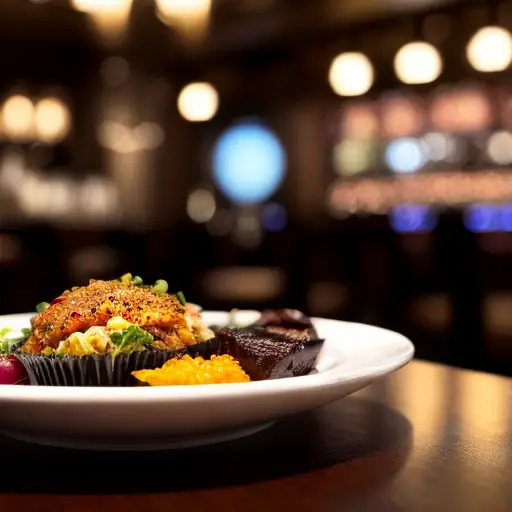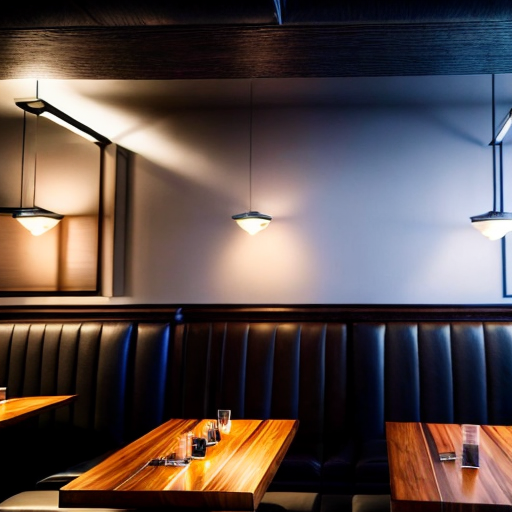Understanding Prime Cost: Unveiling the Foundation of Restaurant Economics
Understanding prime cost in a restaurant is essential for any restaurateur looking to run a successful business. Prime cost is a key metric that represents the total cost of goods sold (COGS) and total labor costs divided by total sales. This metric provides a clear picture of how efficiently a restaurant is operating and can help identify areas where costs can be reduced or efficiencies improved. By closely monitoring and managing prime cost, restaurant owners can make informed decisions that will ultimately lead to increased profitability and long-term success.
Breaking Down Prime Cost Components: Unraveling the Key Elements
An interesting fact about prime cost in a restaurant is that it is considered one of the most crucial financial metrics for determining the overall profitability of the establishment. Prime cost refers to the total cost of goods sold (COGS) and labor expenses, which are the two largest expenses for any restaurant. By closely monitoring and managing prime cost, restaurant owners and managers can make informed decisions about pricing, menu items, portion sizes, and staffing levels to ensure optimal profitability.
Breaking down prime cost in a restaurant involves understanding the key components that make up this crucial metric. The two main elements of prime cost are the cost of goods sold (COGS) and labor costs. COGS includes the expenses directly related to producing the menu items, such as ingredients and packaging, while labor costs encompass wages, benefits, and payroll taxes for employees. By analyzing and managing these components effectively, restaurant owners can gain a comprehensive understanding of their financial performance and make strategic decisions to optimize profitability and operational efficiency.
Calculating Prime Cost: A Comprehensive Guide to Accurate Analysis

Calculating prime cost in a restaurant requires a meticulous approach to ensure accurate analysis of the business's financial health. To determine prime cost, one must first add together the total cost of goods sold (COGS) and total labor costs. COGS includes expenses directly related to the production of menu items, such as ingredients, packaging, and kitchen supplies. Labor costs encompass wages, benefits, and payroll taxes for all employees involved in the restaurant's operations. By combining these two essential components, restaurant owners can obtain a comprehensive view of the total expenses incurred in running their establishment.
Once the total COGS and labor costs are determined, the next step is to divide this sum by the total sales generated by the restaurant. This calculation yields the prime cost percentage, which is a critical metric for evaluating the efficiency and profitability of the business. A lower prime cost percentage indicates that a restaurant is operating more efficiently, as it is spending a smaller portion of its revenue on expenses. Conversely, a higher prime cost percentage may signal inefficiencies in cost management and the need for strategic adjustments to improve financial performance.
Regularly calculating and monitoring prime cost is essential for restaurant owners to make informed decisions that drive profitability and sustainability. By analyzing prime cost data over time, operators can identify trends, pinpoint areas of overspending, and implement cost-saving measures to enhance overall financial performance. Additionally, comparing prime cost percentages to industry benchmarks can provide valuable insights into how a restaurant stacks up against its competitors and where improvements can be made to stay competitive in the market.
In conclusion, understanding how to calculate prime cost and interpret the results is crucial for restaurant owners seeking to achieve long-term success. By breaking down the components of prime cost, conducting accurate calculations, and analyzing the data effectively, operators can gain valuable insights into their financial performance and make strategic decisions to optimize profitability. Ultimately, mastering the concept of prime cost is a key step towards running a financially sustainable and thriving restaurant business in today's competitive industry landscape.
Prime Cost Optimization: Strategies for Boosting Profitability and Efficiency in Restaurants
Fun fact: Prime cost in a restaurant refers to the combined cost of food and beverage expenses as well as labor costs. It is called 'prime' because these two components are considered the most significant and controllable costs in the restaurant industry. So, when you hear the term 'prime cost' in a restaurant, it's not about the quality of the ingredients, but rather the financial aspect of running a successful establishment!
Prime cost optimization is essential for boosting profitability and efficiency in restaurants. By closely monitoring and analyzing the components of prime cost, such as cost of goods sold (COGS) and labor costs, operators can identify opportunities for cost savings and operational improvements. Implementing strategies like menu engineering to maximize profitability on high-margin items, negotiating better supplier contracts to reduce COGS, and optimizing labor scheduling to minimize overtime and labor costs can all contribute to lowering prime cost percentages and increasing overall profitability. By continuously evaluating and adjusting these strategies, restaurant owners can enhance financial performance and ensure long-term success in a competitive industry.

